Richmond Fed President Thomas Barkin expressed his comfort with Fed’s current approach to interest rate hikes, stating, “I’m comfortable with the trajectory we’re on now, meeting by meeting, whether you need a 25 basis point hike or not.” He acknowledged the challenges of finding the right balance, but emphasized that even if the decision isn’t perfect, it won’t be too far off.
Barkin also addressed the uncertainties surrounding the ongoing banking situation and its potential impact on consumer confidence, business investment, and the availability of credit. “There is a lot of uncertainty about what if anything this bank situation does to consumer confidence, business confidence, business investment, consumer spending, availability of credit,” he said, adding that it’s difficult to predict the future effects on demand and inflation.
Despite the uncertainties, Barkin highlighted the wide range of possible outcomes and Fed’s ability to respond accordingly. “If inflation persists, we can react by raising rates further,” he said. “If I am wrong about the pricing dynamics at play, or about credit conditions, then we can respond appropriately.”




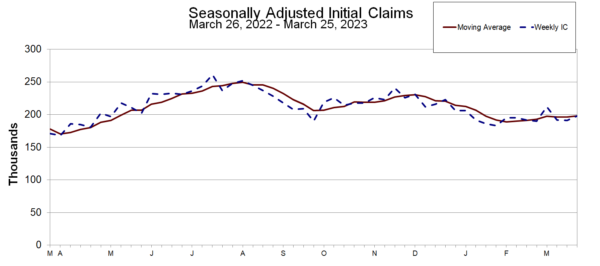

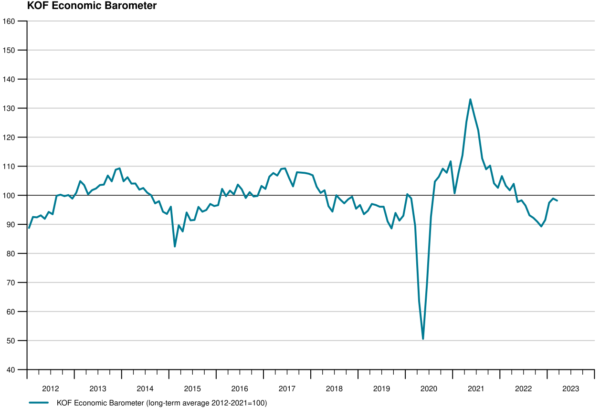
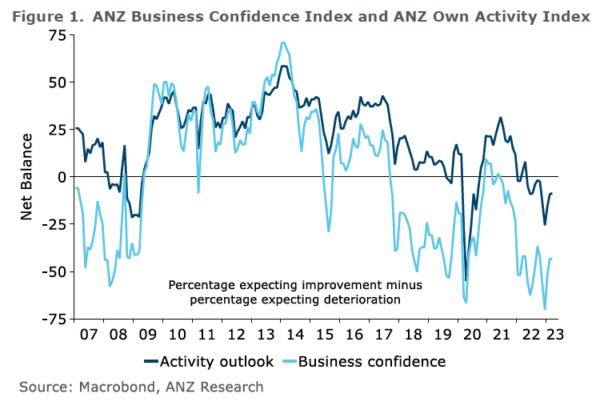
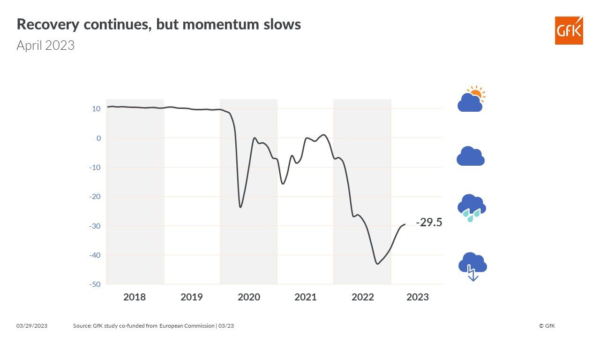
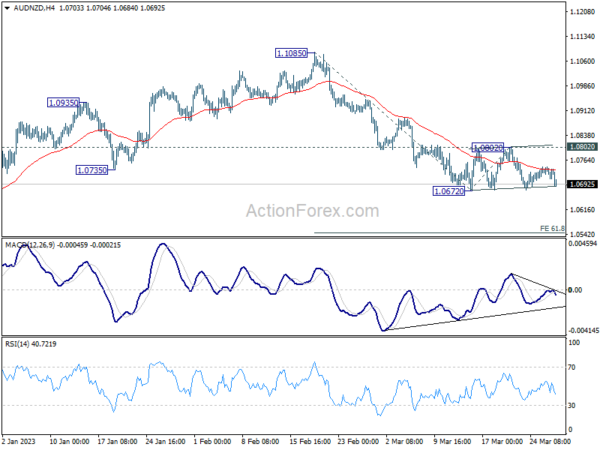
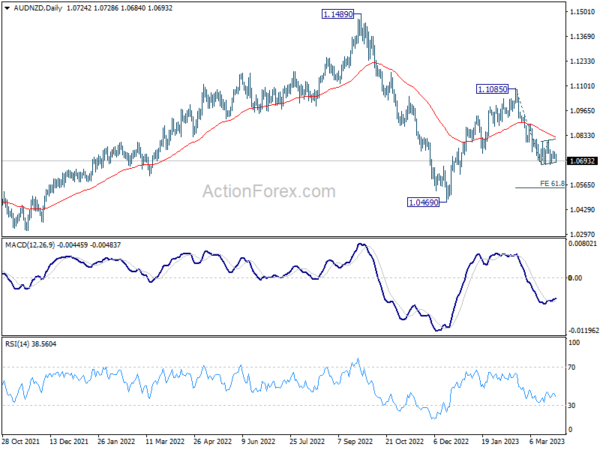
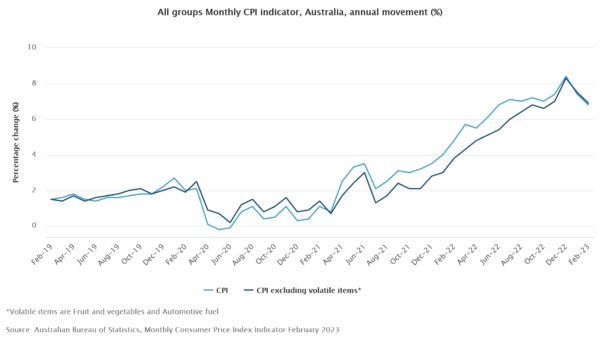
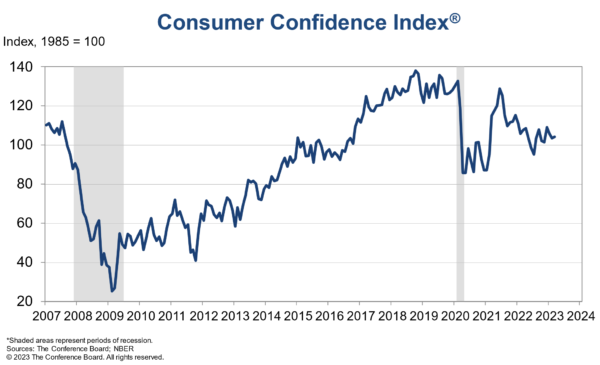

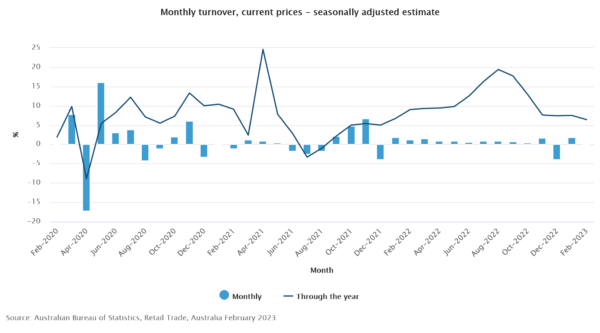

Japan reported strong industrial production and retail sales growth
Japan reported strong industrial production growth of 4.5% mom in February, surpassing expectations of 2.8% mom growth. The seasonally adjusted production index for the manufacturing and mining sectors reached 94.8, with the industry ministry predicting a 2.3% mom increase in March and a 4.4% mom advance in April.
Retail sales also exceeded expectations, rising 6.6% yoy compared to the anticipated 5.9% yoy. However, the unemployment rate increased from 2.4% to 2.6%, higher than the expected 2.4%.
Inflation in Tokyo experienced a slight decline, with the March CPI dropping from 3.4% yoy to 3.3% yoy, still above the expected 2.7% yoy. The core CPI (excluding fresh food) eased from 3.3% yoy to 3.2% yoy, meeting expectations. Meanwhile, the core-core CPI (excluding fresh food and energy) rose from 3.2% yoy to 3.4% yoy, surpassing the anticipated 3.3% yoy.